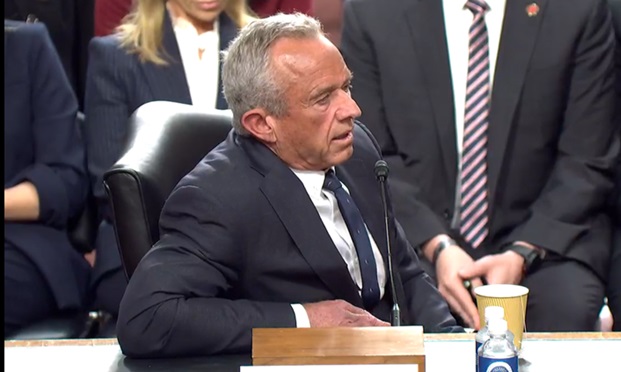Nearly one-third of organizations increased their overall benefits offerings in the last 12 months, mainly to get a leg up on their competitors, according to the Society for Human Resource Management’s 2017 Employee Benefits Survey.
Related: What benefits do millennials want the most?
The top reason for increasing benefits was to remain competitive in the talent marketplace, as two-thirds (68 percent) of the 3,227 human resource professionals surveyed say last year they experienced recruiting difficulty and skill shortages for certain types of jobs.
“Benefits can be leveraged to help with common recruiting strategies, including increasing retention efforts, expanding training programs to help improve skills of new hires, using/enhancing an employee referral program, offering more flexible work arrangements, providing monetary incentives to candidates (e.g., signing bonus) and offering new job perks,” the authors write. “Of these strategies, HR professionals indicated that offering more flexible work arrangements was the most effective.”
The benefit most likely to experience growth was wellness, with 24 percent of the respondents stating this, followed by health-related benefits (22 percent), professional and career development (16 percent), employee programs and services (15 percent), flexible working (14 percent), retirement savings and planning (13 percent), leave (12 percent), family-friendly benefits (11 percent), housing and relocation (4 percent), and business travel (2 percent).
“Organizations could be adding wellness benefits as a cost-reduction strategy or possibly to supplement the loss of health benefits options with less costly benefits,” the authors write.
“Other SHRM research found more than three-quarters (77 percent) of organizations indicated their wellness program was somewhat or very effective in reducing health care costs, and 88 percent rated their wellness initiatives as somewhat or very effective in improving employees’ health.”
Related: Employers mitigate health care costs with preventive care, wellness plans
The most common wellness benefit is providing wellness resources and information (71 percent), and 62 percent give wellness tips or information at least quarterly in the form of a newsletter, e-mail, column or tweets. About 3 out of 5 organizations (59 percent) offer a general wellness program.
Only 6 percent of respondents decreased benefits overall. Large organizations (12 percent) are three times more likely than midsize organizations (4 percent) to have decreased overall benefits offerings in the past 12 months.
Related: Pressured by gig economy, employers look to benefits for retention
“Most commonly, organizations had to decrease the level of benefits to remain financially stable, whether it was due to increasing costs of benefits, economic factors or poor organizational performance,” the authors write. “Other organizations had experienced a merger or acquisition or had implemented other strategic changes to their organization or to their benefits package.”
Although many organizations have been extending health care coverage to employees’ families, two-thirds of organizations (66 percent) are very concerned about controlling health care costs and another 31 percent are somewhat concerned. From 2016 to 2017, health care costs increased for 79 percent of organizations, with an 11 percent increase on average.
“One strategy that some organizations are using to mitigate the costs of health care is to implement restrictions on coverage for spouses and domestic partners,” the authors write. “Most commonly, organizations added a surcharge or denied coverage if the employee’s spouse was offered coverage by another employer.”
Other cost-saving measures included providing only secondary coverage, charging higher premiums or cost-sharing amounts, and not allowing employees to use pretax earnings to pay for spousal premiums. Organizations were less likely to place restrictions or surcharges on coverage for dependent children, while 19 percent added a smoking surcharge to the cost of health care premiums for employees.
Although PPOs remain the most common type of health care plan and have stayed steady over the past five years, more organizations are adding a health savings account component to their health care coverage. More than one-half (55 percent) of organizations offered this benefit in 2017, and more than one-third (36 percent) provided an employer contribution to the HSA, also showing an upward trend.
“In today’s competitive talent marketplace, it is imperative for organizations to make informed and strategic decisions about what benefits to offer as part of their total rewards strategy,” the authors conclude.
“Using a variety of sources to stay up to date on benefits trends and innovative strategies and continually assessing the fit of offerings with your organization’s culture are crucial steps in securing the organization’s current and future talent needs.”
© Touchpoint Markets, All Rights Reserved. Request academic re-use from www.copyright.com. All other uses, submit a request to [email protected]. For more inforrmation visit Asset & Logo Licensing.







